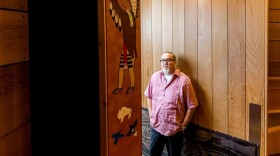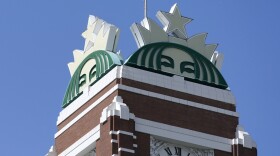New computer software has made it easier than ever to forge documents. But it’s also easier for investigators to sniff them out, because the photo on your license is like a fingerprint.
The Washington Department of Licensing has photos of more than five million Washington drivers. In 2010, they launched a pilot project, with a federal grant, to compare the faces in all those photos.
“During 2011, while we were running the pilot program, we identified over 1,000 individuals that applied for either a license or ID card that already had a record in our system under a another name,” said Department of Licensing director Alan Haight, testifying last month to the state Senate Transportation Committee.
A few individuals had five or ten different licenses. Nearly 4,000 possible fraud cases are still waiting to be investigated, sine the pilot program ended in June 2011.
Now, the DOL is asking the legislature to make the scanning program permanent, similar to 31 other states.
They found, in general, about a dozen people every week applying for fraudulent licenses – using a fake name, or someone else’s real name.
The top three motivations for the fraud, according to DOL:
- They had a suspended license, but wanted to keep driving.
- They’re teenagers trying to get a fake ID to get alcohol.
- They’re plain old bad guys – who want access to your bank account, or to fake out police.
For example, a man suspected in a triple murder in Lakewood was caught with three getaway bags – and three different drivers licenses, according to Jamie Daniels of the Washington Council of Police and Sheriffs.
Software can now spot the unique shape of every persons face.
“It creates a digital map or template of your face, and it uses points that generally don’t change over time,” such as between the eye sockets, cheekbones and the sides of the mouth, says DOL spokesman Brad Benfield.
The computer compares your photo with everyone else in the database, looking for duplicates. If there’s a double, the case goes to a human investigator.
So even if someone shows up at a licensing office with a beautifully forged birth certificate and a wig, the facial recognition will notice.






